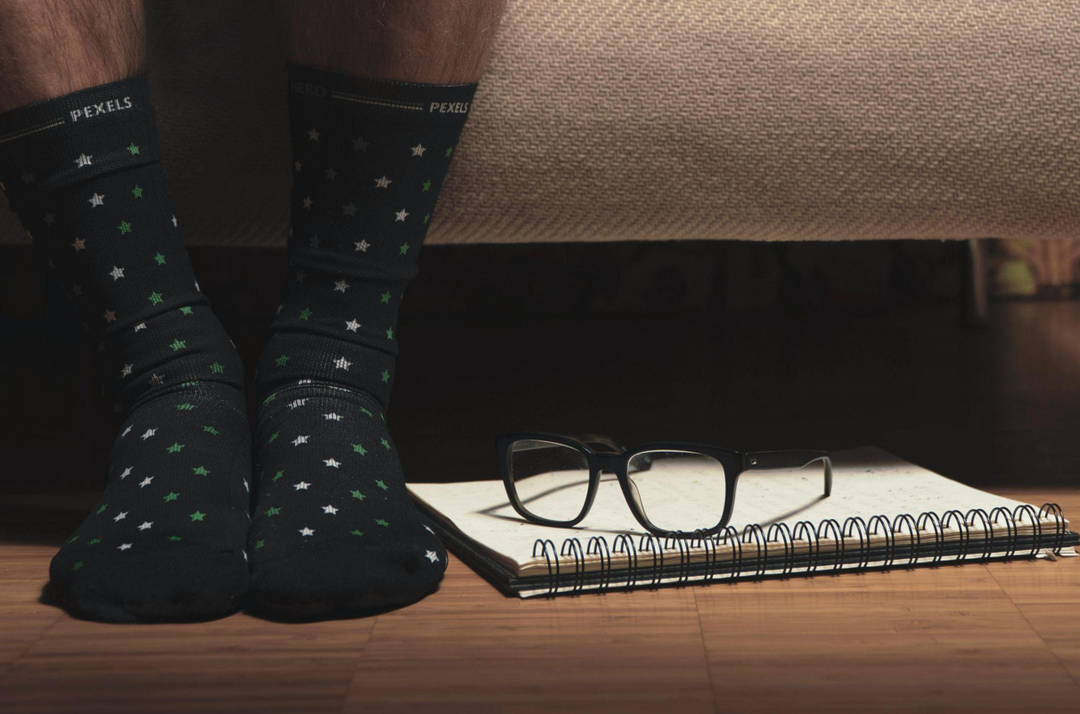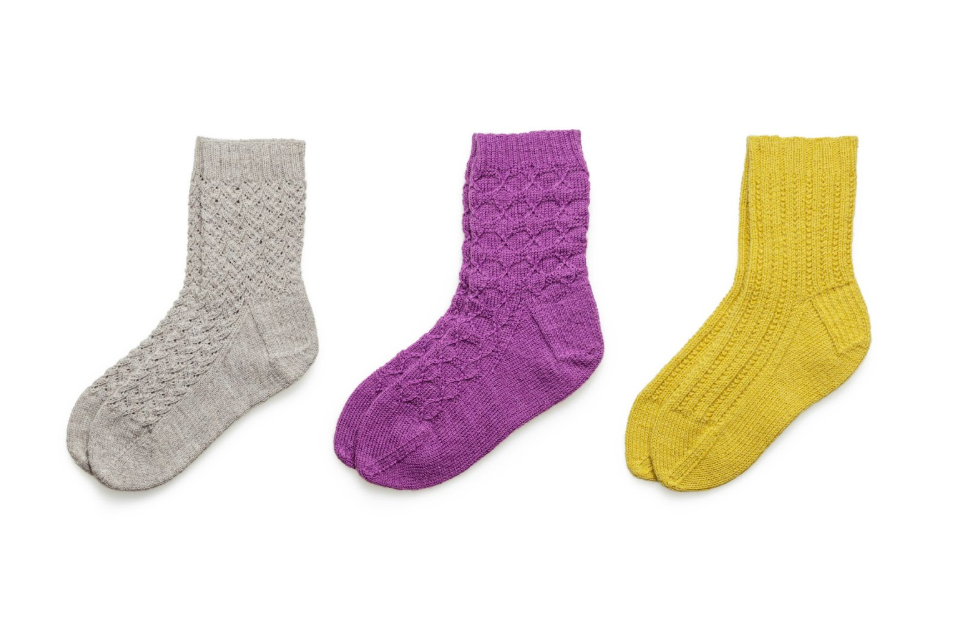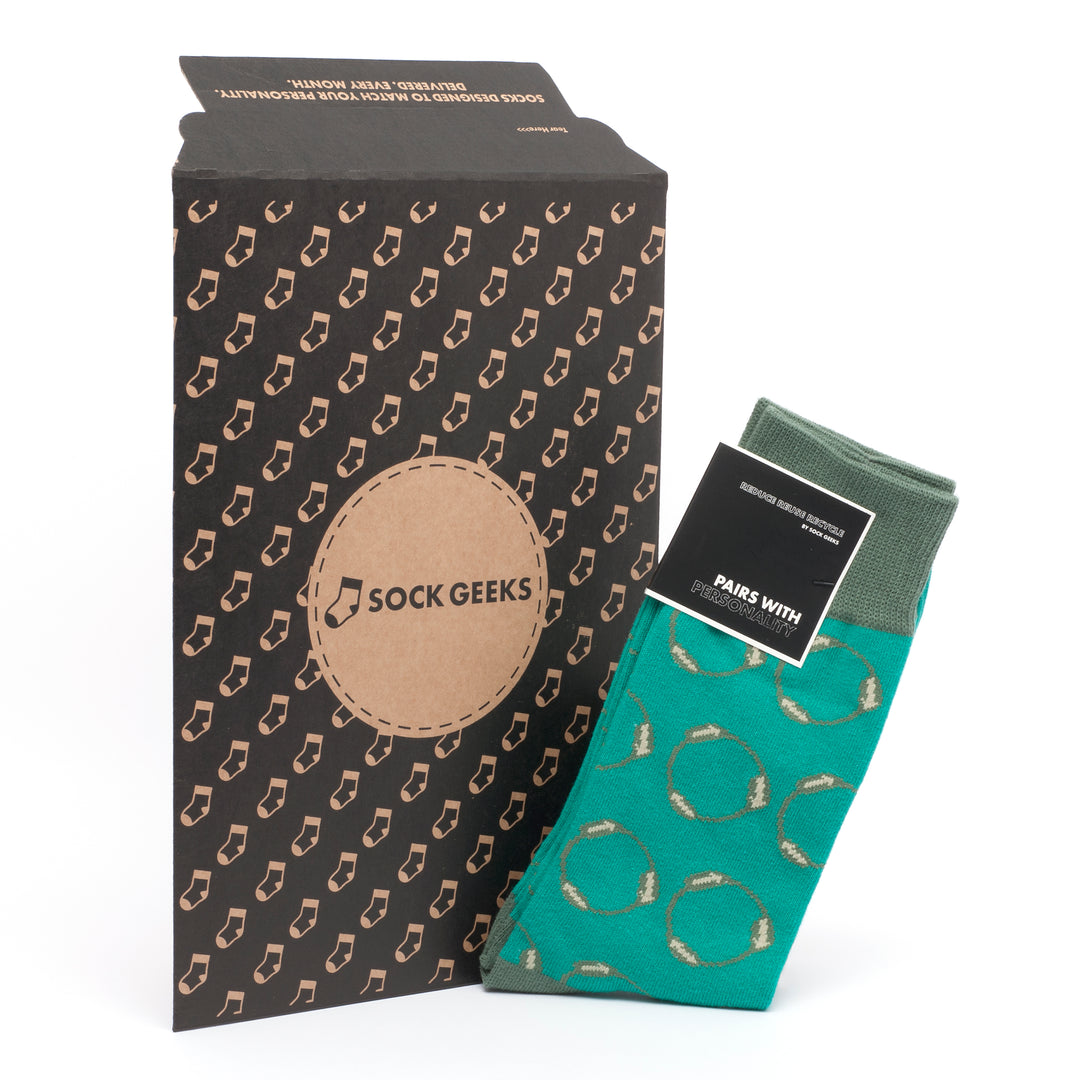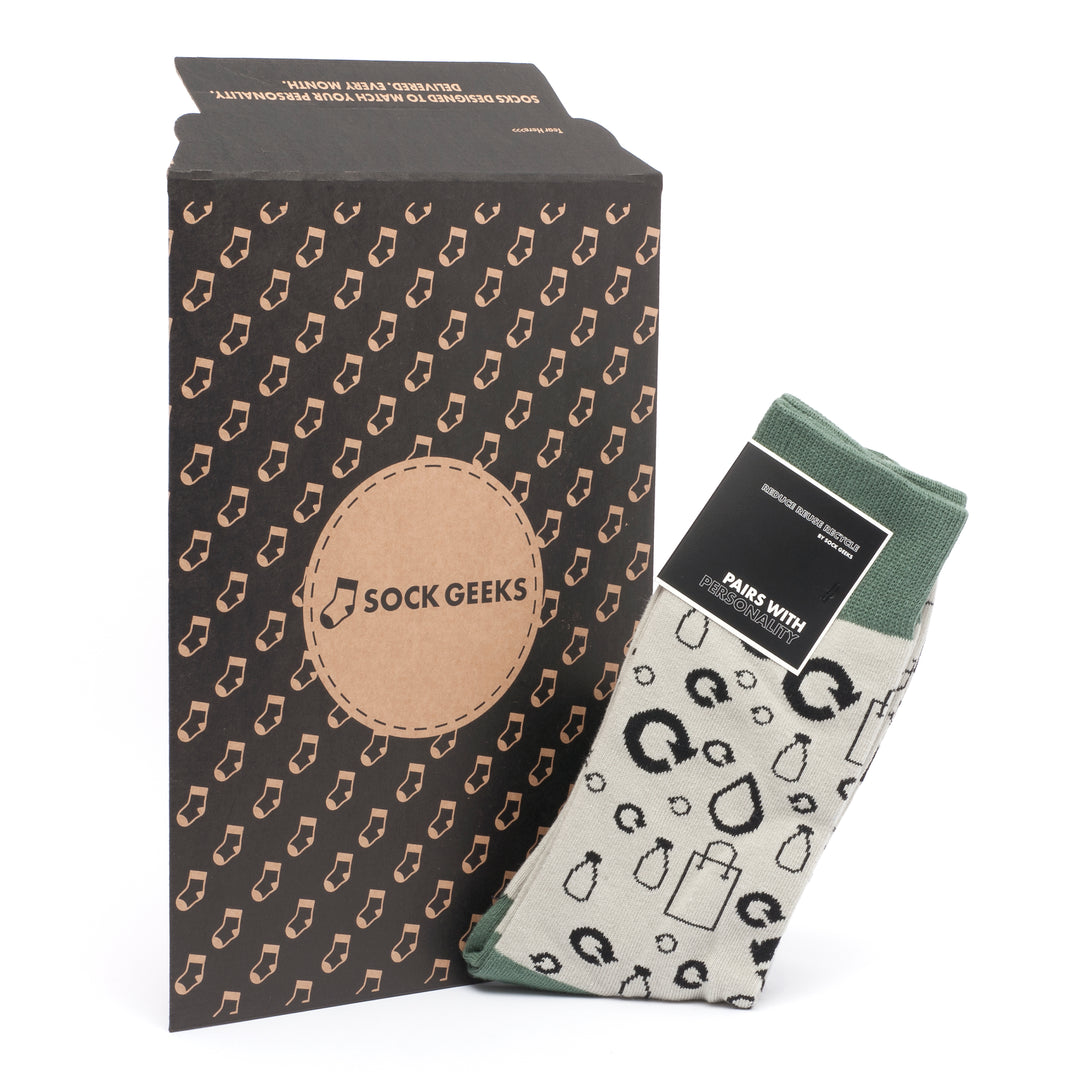Effective Tips and Techniques
Did you know that about 30% of your body heat is lost through your feet? When the winter chill sets in, keeping your feet warm becomes a top priority. But fear not, we've got you covered with simple and effective tips to ensure your tootsies stay toasty all season long.
From choosing the right socks and footwear to embracing the power of layering, we'll walk you through practical strategies for maintaining warmth. We'll explore the benefits of proper insulation and share some surprising tricks to keep those frosty toes at bay. Say goodbye to icy discomfort and hello to snug contentment!
Understanding the Causes of Cold Feet
Poor Circulation
Understanding the causes of cold feet is crucial. Cold feet can often be attributed to poor circulation. This means that blood flow to the feet is restricted, leading to a drop in temperature. When our bodies are exposed to cold temperatures, they naturally prioritise keeping vital organs warm, which can result in reduced blood flow to the extremities like our feet.
This reduction in blood flow causes them to feel colder than other parts of the body. In such cases, wearing thick socks and insulated footwear can help retain heat and improve circulation by providing extra warmth.
Vasoconstriction Due to Cold Temperatures
Exposure to cold days prompts vasoconstriction in the feet, where blood vessels narrow as a response to low temperatures. This constriction reduces blood flow and subsequently lowers the temperature of your feet. To counter this effect, it's important to wear appropriate footwear that insulates against cold weather while also allowing moisture-wicking materials that keep your feet dry.
Ensuring adequate protection for your lower limbs with thermal socks and well-insulated shoes or boots will help maintain warmth even when exposed to chilly conditions.
Raynaud's Disease
Another possible cause contributing towards cold feet is Raynaud's disease - a condition characterized by narrowed arteries that supply blood flow mainly during stress or cold weather. People with this condition experience exaggerated vasoconstriction when exposed to low temperatures or emotional stressors.
To alleviate symptoms associated with Raynaud's disease during winter months, wearing heated socks or using foot warmer inserts inside shoes can provide relief from discomfort caused by severely cold conditions.
Importance of Proper Socks for Warmth
Insulation and Moisture-Wicking
The type of socks you wear plays a crucial role. Insulated socks are designed to trap heat close to your skin, keeping your feet warm even in chilly weather. Look for socks made from materials like Merino wool, which provide excellent insulation without adding bulk. moisture-wicking socks are essential as they help draw sweat away from the skin, preventing moisture buildup that can make your feet feel cold.
Merino wool is known for its exceptional insulating properties and ability to regulate temperature. These qualities make it an ideal choice for keeping your feet warm during winter. Unlike cotton, which retains moisture and can leave your feet feeling damp and cold, Merino wool actively works to keep your feet dry by wicking away sweat.
Avoiding Cotton Socks
It's important to avoid wearing cotton socks in cold weather as they have poor moisture-wicking capabilities and retain dampness against the skin. This can lead to a drop in body temperature, making your feet feel colder than they actually are. Instead of cotton, opt for socks made from synthetic fibres or natural materials like Merino wool or other insulating fabrics.
Choosing the Right Footwear for Winter Insulation
Waterproof and Insulated Boots
Choosing the right footwear is crucial. Opt for waterproof and insulated boots to provide maximum warmth and protection against the cold weather. These types of boots not only keep your feet dry but also help retain heat, keeping you comfortable even in extreme conditions.
These boots are designed to prevent cold air from seeping in, ensuring that your feet stay cosy and insulated throughout the day. Look for boots with a snug fit as this helps to prevent heat loss. A secure fit also ensures that there's minimal room for cold air to circulate within the boots, maintaining a warmer environment for your feet.
Thermal Insoles for Extra Insulation
Consider adding thermal insoles to regular shoes for extra insulation during colder months. Thermal insoles are an effective way to enhance warmth and comfort without having to invest in specific winter footwear. They provide an additional layer of insulation between your feet and the ground, helping combat chilly temperatures.
Thermal insoles are especially useful when wearing regular shoes or sneakers during outdoor activities such as skiing or hiking. They offer an added barrier against the cold weather while providing cushioning and support for prolonged periods of walking or standing outdoors.
Effective Layering Techniques for Feet
Layering Socks
Layering socks is a game-changer. Start by wearing a thin, moisture-wicking sock as the base layer. This type of sock helps to keep your feet dry by wicking away sweat and moisture from the skin. On top of this, add a thicker pair of wool or thermal socks. The combination of these two layers creates insulation that retains heat and keeps your feet warm even in freezing temperatures.
Layering thin, moisture-wicking socks under thicker ones is like creating a barrier against the cold floor. It's similar to how wearing multiple layers of clothing keeps you warmer than just one thick garment.
Utilising Toe Warmers and Heated Insoles
In extreme cold conditions, such as during outdoor activities like skiing or hiking in sub-zero temperatures, utilising toe warmers or heated insoles can make all the difference. These products are designed to generate heat and keep your toes warm even when exposed to icy winds and frigid temperatures.
Toe warmers work by using natural ingredients such as iron powder, activated charcoal, salt, water, and vermiculite to produce heat through oxidation processes when exposed to air. Similarly, heated insoles are powered by batteries or rechargeable packs that provide consistent warmth throughout the day.
Using Gaiters for Snow Protection
Gaiters are protective coverings worn over shoes or lower pants legs which extend upwards towards the knees. Gaiters play a crucial role in keeping snow out and retaining heat within your footwear.
Tips for Keeping Your Feet Dry and Warm
Change Damp Socks Promptly
Wet feet are not only uncomfortable but can also lead to a drop in body temperature. Moisture is the enemy So it's crucial to change damp socks promptly. When socks become wet from snow or sweat, they lose their insulating properties and can make your feet feel cold. By changing into dry socks as soon as possible, you're preventing heat loss and maintaining warmth.
Applying talcum powder after changing socks can also help absorb any remaining moisture. Talcum powder has excellent moisture-absorbing qualities that aid in keeping your feet dry and comfortable throughout the day. It helps prevent chafing caused by dampness and reduces the likelihood of blisters forming due to prolonged exposure to wet conditions.
Use Waterproof Sprays on Footwear
To combat external sources of moisture, consider using waterproof sprays on your footwear. These sprays create a protective barrier that repels water, helping to keep your shoes or boots dry even in rainy or snowy conditions. This simple yet effective solution ensures that external rain or snow doesn't seep through the material of your footwear, keeping your feet warm and cosy inside.
Another handy trick is using duct tape around the seams of boots or shoes if they aren't entirely waterproof. The tape acts as an additional layer of protection against wet conditions, preventing water from entering through small openings where stitching may have worn thin over time.
Staying Active to Maintain Foot Warmth
Promoting Blood Flow
To keep feet warm in winter, it's crucial to maintain good blood flow. One effective way is by wiggling your toes regularly. This simple movement helps stimulate blood circulation in the feet, preventing them from getting too cold. Another great technique is doing calf raises. These exercises work the muscles in your lower legs, promoting healthy blood flow and warmth.
When spending time outdoors during winter activities, it's important to take regular breaks and walk around. This not only gives your feet a rest but also helps promote better circulation throughout your body. Whether you're skiing or simply taking a stroll, these short breaks can make a significant difference in keeping your feet warm.
Light Exercises for Generating Heat
Engaging in light exercises such as squats or lunges can be incredibly beneficial for maintaining foot warmth during winter. These movements help generate body heat which then circulates through your entire system, including your feet. By incorporating these exercises into your routine, you'll not only stay active but also keep yourself comfortably warm.
In addition to specific foot-related techniques mentioned earlier, overall physical activity plays a key role in regulating body temperature and ensuring that the extremities are adequately warmed up.
Home Remedies for Toasty Toes
Soak Feet in Warm Water with Epsom Salts
Soaking your feet in warm water mixed with Epsom salts can help improve blood circulation, which is essential for keeping your feet warm. The warmth from the water helps to dilate the blood vessels, allowing better blood flow to your extremities. This simple remedy not only warms up your feet but also provides relaxation after a long day. It's an effective way to combat the cold and ensure that your toes stay snug during winter.
The magnesium in Epsom salts can be absorbed through the skin during soaking, offering various health benefits such as reducing inflammation and soothing sore muscles. Adding a few drops of warming essential oils like ginger or cinnamon to the foot soak can further enhance its effectiveness by promoting warmth and comfort.
Massage Feet with Warming Essential Oils
Massaging your feet with warming essential oils like ginger or cinnamon can stimulate circulation and provide a comforting sensation of warmth. These essential oils have natural properties that promote heat retention, making them perfect for combating chilly feet during winter. The gentle massage action combined with the aromatic benefits of these oils creates a soothing experience while effectively addressing cold feet.
You can mix a few drops of these warming essential oils with a carrier oil such as coconut or almond oil before massaging it onto your feet. This not only ensures proper dilution of the potent essential oils but also allows for easy application and absorption into the skin.
Use Heated Foot Baths or Hot Water Bottles
Utilizing heated foot baths or hot water bottles is another excellent way to keep your feet warm during winter. A foot bath specifically designed to emit warmth provides targeted heat therapy, helping alleviate cold sensations in the feet while promoting relaxation. Similarly, placing a hot water bottle at the foot of your bed or under a blanket where you rest can create lasting warmth throughout chilly nights.
The consistent heat generated by these devices offers sustained relief from coldness and discomfort associated with icy temperatures. By incorporating this home remedy into your daily routine, you can enjoy cosy toes regardless of how frosty it gets outside.
Preventing and Treating Dry or Cracked Skin on Feet
Moisturise Daily
Keeping your feet warm in winter starts with moisturising them daily. After bathing, make sure to apply a thick cream or ointment to lock in moisture. This helps prevent dryness and cracking, keeping your feet soft and supple even in the coldest weather.
Dry skin is a common issue during winter due to the lack of humidity in the air. By moisturising regularly, you create a protective barrier that shields your skin from harsh environmental conditions. Look for products specifically designed for dry skin or containing ingredients like shea butter, glycerine, or hyaluronic acid for maximum effectiveness.
Exfoliating rough patches gently using a pumice stone or foot file can also help keep your feet smooth and free from dry, flaky areas. When dead skin builds up on your feet, it can contribute to cracks and discomfort. Regular exfoliation removes this build-up, allowing moisturisers to penetrate more effectively.
Wear Breathable Footwear
Choosing the right footwear is crucial. Opt for breathable shoes made from natural materials such as leather instead of synthetic options that trap moisture inside. Proper ventilation prevents excessive sweating which can lead to bacterial growth and fungal infections.
In addition to selecting breathable footwear, wearing moisture-wicking socks can further aid in keeping your feet warm without causing excessive perspiration. These socks are designed to pull moisture away from the skin, helping maintain a comfortable level of dryness while providing insulation against the cold.
When indoors, consider wearing slippers with soft lining that provide warmth without causing overheating or sweatiness - this will help maintain optimal foot temperature while preventing issues associated with overly damp environments.
Maintaining Warmth Without Sacrificing Support
Proper Winter Footwear
Choosing the right footwear is crucial. Look for boots or shoes with proper arch support and cushioning to ensure your feet stay warm and comfortable. Insulated materials such as wool or synthetic fabrics can provide the necessary warmth without sacrificing support. It's important to avoid footwear that may constrict blood flow, leading to cold feet.
Winter footwear should also offer adequate protection from the cold weather while maintaining breathability to prevent excessive sweating, which can lead to dampness and discomfort. When shopping for winter shoes or boots, consider trying them on with thick socks to ensure a proper fit that allows enough room for air circulation while keeping your feet snug.
Insulated Orthotic Insoles
In addition to selecting suitable winter footwear, incorporating insulated orthotic insoles into your shoes can significantly enhance warmth and support. These specially designed insoles not only provide an extra layer of insulation but also offer essential arch support and cushioning for improved comfort during colder months.
The combination of these insoles with supportive winter footwear ensures that your feet are kept warm without compromising on stability and alignment. This is especially beneficial for individuals who require additional foot support due to conditions such as flat feet or plantar fasciitis.
Supportive Indoor Slippers
While ensuring warmth outdoors is essential, maintaining cosy temperatures indoors is equally important during winter. Consider wearing supportive slippers around the house that offer both warmth and stability. Opt for designs with sturdy soles, good traction, and comfortable padding to protect against cold floors while providing adequate arch support.
Supportive indoor slippers help maintain foot health even when you're at home by preventing strain on your feet caused by walking barefoot on hard surfaces or chilly floors. They keep your feet comfortably warm without risking exposure to extreme temperature changes between indoor heating and outdoor cold weather.
Summary
You've learned about the various factors that contribute to cold feet and discovered the importance of proper socks and footwear for keeping your feet warm during winter. Effective layering techniques, tips for maintaining dryness, and staying active have also been discussed. You've explored home remedies for toasty toes and ways to prevent and treat dry or cracked skin on your feet. Lastly, we've delved into maintaining warmth without sacrificing support. Now, armed with these insights, you're well-equipped to ensure your feet stay warm and comfortable throughout the winter months.
Take charge of your foot warmth this winter by implementing the tips and techniques you've learned. Don't let the cold weather dampen your spirits – keep your feet toasty and happy! Stay warm and stay active!
Frequently Asked Questions
How can I effectively layer my socks to keep my feet warm on cold days in winter?
Layering your socks is a great way to trap heat and insulate your feet. Start with a moisture-wicking base layer, then add a thicker, insulating sock on top. This combination helps regulate temperature and keeps your feet dry.
What are some home remedies for keeping my toes warm during winter?
Try using heated footrests or microwavable heat packs to keep your toes toasty. You can also indulge in a relaxing foot soak with warm water and essential oils like peppermint or eucalyptus. These remedies help improve circulation and maintain warmth.
Is it important to stay active and wear appropriate footwear to maintain warmth in my feet during the cold winter months?
Absolutely! Physical activity boosts blood flow, which helps keep your extremities warm. Even simple movements like wiggling your toes or taking short walks can make a difference. So, get moving – it's nature's way of keeping those chilly toes cosy.
How do I prevent and treat dry or cracked skin on my feet during the winter?
To prevent dryness, moisturise regularly with a rich cream containing ingredients like shea butter or coconut oil. If cracks develop, apply an emollient ointment and cover with socks overnight for intense hydration. Don't let the cold weather leave you high and dry!
Can I maintain warmth without sacrificing support when choosing footwear for winter insulation?
Yes, you can have both warmth and support! Look for insulated boots designed with supportive features such as arch support and cushioned insoles. Opt for materials that provide insulation without compromising on stability – keeping you snug while maintaining comfort throughout the day.




















Leave a comment